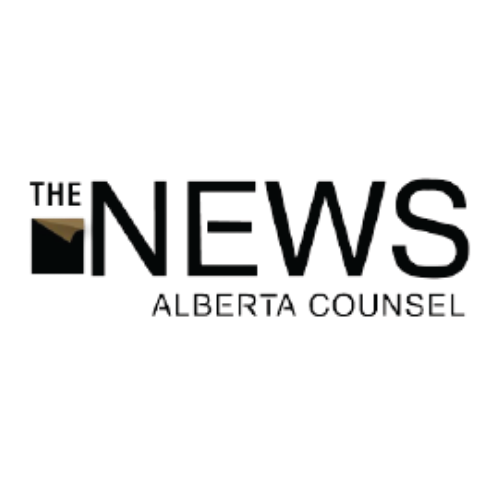Why Calgary is the Battleground for Election 2023
For the past few years, you have likely heard this topic come up.
Whoever wins Calgary will form the next government (or something to that effect).
Here in Alberta, we have three main political regions: Edmonton, Calgary, and rural Alberta. Of course, the moniker of rural is somewhat misleading as it also includes the other urban centres such as Grande Prairie, Fort McMurray, Lethbridge, Red Deer, and others. Perhaps one day we will see these municipalities included as their own “region”, but we will stick with the tried and true for the purposes of this article.
The seat breakdown looks like this:
Edmonton: 20 seats
Calgary: 26 seats
Rural: 41 seats
While none of these regions are enough to form a majority, the second largest block of seats will be the most important in determining who forms the next government.
As you likely know, Edmonton is largely dominated by NDP orange with the exception of Kaycee Madu who holds Edmonton-South West. Even if the NDP sweep Edmonton, their total can only increase by one. In the “Edmonton Donut” which includes ridings neighbouring the city, there are some ridings that find themselves as potential flip seats; however, this still would not be enough for there to be a change in government.
Rural Alberta is largely dominated by the UCP. While Shannon Phillips holds Lethbridge-West, the remainder of non-Calgary seats belong to the conservative branch of provincial politics. While there may be some swing seats here such as Banff-Kananaskis, Lethbridge-West, and Lesser Slave Lake, there are not enough swing ridings for there to be a change in government. There is little chance the NDP sees the rural success it did in 2015 again in 2023.
As a reminder, the current party seat breakdown is 60 UCP, 23 NDP, 2 independent, and 2 vacant.
That brings us to Calgary.
In 2019, only 3 of the ridings in the largest city did not go UCP blue. In 2015, the NDP had won 14 of the available seats. Given the lack of availability of seats in the Edmonton Donut and rural Alberta, the path to government leads to Calgary.
And Calgary is very ready to be won by either the UCP or NDP.
While the UCP nearly hold a clean sweep of the city, the opposition NDP have made significant gains in the region over the past term in hopes that it will be enough to form government once again. However, the UCP’s path to victory in Calgary is less onerous than the NDPs. For one, most of the UCP cabinet calls Calgary home and most of the incumbents are running once again. There is also no vote split on the right side of the political spectrum for them to worry about as existed in 2015.
This means that the NDP must flip more than a majority of the seats in Calgary in order to form government. While the exact number needed is unknown, many are suggesting that they will need to win at least 18 seats (depending on how they do in the rest of the province).
As it currently stands, Election 2023 is shaping up to be one of the most closely contested ballots in Alberta history. One thing that does appear certain, however, is that the province will be solidified as a two-party democracy for some time. Until another party is able to gain significant grassroot activation and support similar to what we saw from the former Wildrose Alliance, it is likely that the UCP and NDP will dominate Alberta politics for many elections to come.

